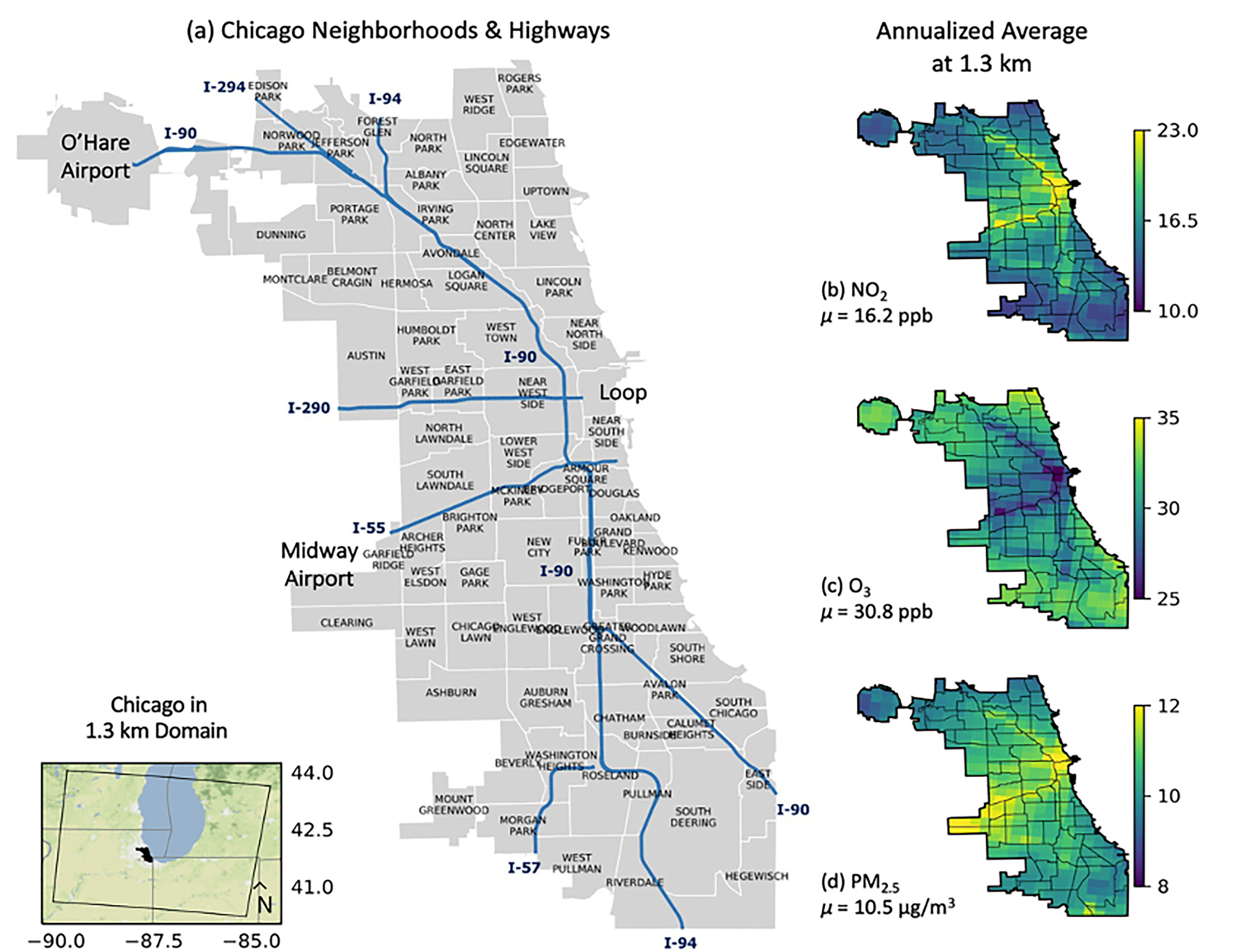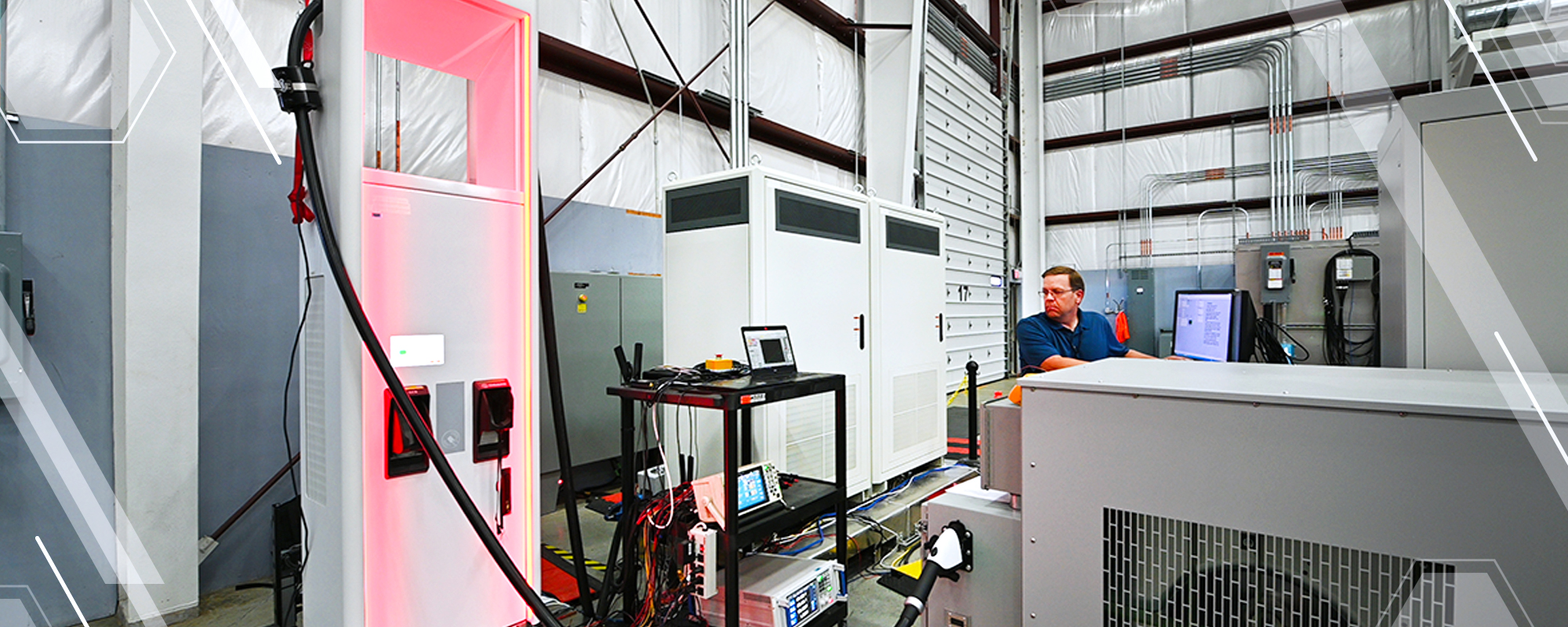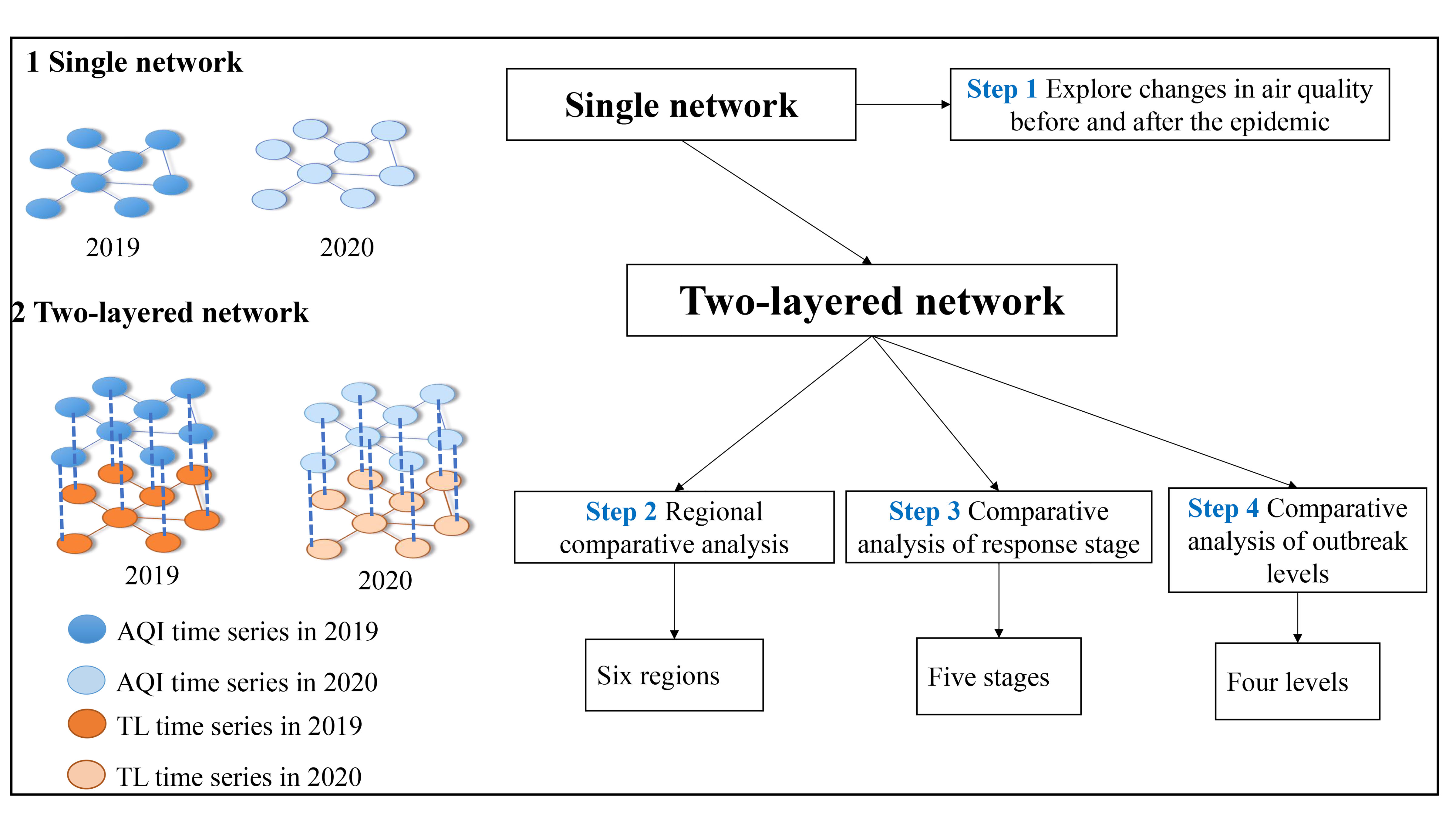A pivotal study decrypts the global interplay of particulate matter (PM2.5) and ozone (O3) pollutants, highlighting an urgent call for integrated strategies to curb their detrimental impacts on human health and the environment. This research unveils the spatial and temporal dynamics of compound pollution, offering a blueprint for a coordinated global response.
Tag: Air Quality
Experts available to comment on air quality issues due to wildfires
The National Oceanic and Atmospheric Administration warns of an impending record high heat across the nation. Last year was the warmest year on record for the globe, and we just experienced the warmest winter on record. With extreme heat comes…
Global study reveals health impacts of airborne trace elements
Researchers at Washington University in St. Louis led by Randall Martin investigated global particulate matter, revealing health risks from trace elements.
UC Irvine study: vehicle brakes produce charged particles that may harm public health
Irvine, Calif., March 12, 2024 — Scientists know relatively little about particles released into the air when a vehicle driver brakes, though evidence suggests those particles may be more harmful to health than particles exiting the tailpipe.
Turning Night into Day: A Revolutionary Approach to 24/7 Air Quality Monitoring Using Cameras
A new research unveils a groundbreaking approach to air quality monitoring, leveraging the power of surveillance cameras with a state-of-the-art hybrid deep learning model.
Podcast: Experts in Health: How we can design our houses to improve our health
Dr Ben Roberts, Lecturer in Building Energy at Loughborough University, discusses how our houses can help or hinder our health, why air conditioning isn’t always the best answer to reduce indoor heat, and how systemic building changes could transform our wellbeing.
Time Stamps:
00:00 – 09:27 – Introduction to guest, the topic and background
09:28 – 18:45 – Loughborough University test houses and how are they being used
18:46 – 23:25 – Night ventilation and ventilation maps
23:26 – 28:12 – Abroad vs the UK
28:13 – 32:30 – Air conditioning and staying cool
32:31 – 39:45 – Impacting policy and air quality
39:46 – 41:20 – Current and future work
41:21 – 43:45 – Outro
Sensors made from ‘frozen smoke’ can detect toxic formaldehyde in homes and offices
Researchers have developed a sensor made from ‘frozen smoke’ that uses artificial intelligence techniques to detect formaldehyde in real time at concentrations as low as eight parts per billion, far beyond the sensitivity of most indoor air quality sensors.
‘Roving sentinels’ discover new air pollution sources
Google Street View cars equipped with instrumentation sampled air quality at a scale fine enough to capture variations within neighborhoods in the Salt Lake Valley. A new atmospheric modeling method, combined with these mobile observations, can be used to identify pollution emission sources in many cities.
Electrifying vehicles in Chicago would save lives, reduce pollution inequities
If the Chicago region replaced 30% of all on-road combustion-engine vehicles — including motorcycles, passenger cars and trucks, buses, refuse trucks and short- and long-haul trucks — with electric versions, it would annually save more than 1,000 lives and over $10 billion, according to a new Northwestern University study.
National Poll: 2 in 3 parents say kids have experienced poor or unhealthy air quality
As smoke from Canada’s historic wildfires triggers poor air quality alerts across the country, many parents worry about the impact on their child’s health, a new national poll suggests.
World can now breathe easier
Global, population-weighted PM2.5 exposure — related to both pollution levels and population size — increased from 1998 to a peak in 2011, then decreased steadily from 2011 to 2019, largely driven by exposure reduction in China and slower growth in other regions, new research shows.
FAU Lands $4.2 Million NIH Grant for Air Quality and Alzheimer’s Risks Study
Lake Okeechobee rural residents are subjected to repeated, intermittent exposures to air pollution during agricultural fires.
Clever coating turns lampshades into indoor air purifiers
Indoor air pollution may have met its match. Scientists have designed lampshades that transform pollutants into harmless compounds. The catalyst-coated lampshades work with halogen and incandescent lamps, and LEDs will be next. The team will present their results at ACS Fall 2023.
Ammonia reduction should be prioritized in Europe’s fight against air pollution
A new study identified the reduction of ammonia emissions as a cost-effective measure to reduce concentrations of fine particulate matter concentrations in the atmosphere.
Ohio train derailment, clean-up resulted in high levels of some gases, study shows
A freight train carrying industrial chemicals derailed near East Palestine, Ohio, in February 2023. Researchers have been assessing the local air quality. Now, in ACS’ Environmental Science & Technology Letters, they report that some gases, including acrolein, reached levels that could be hazardous.
Air monitor can detect COVID-19 virus variants in about 5 minutes
Now that the emergency phase of the COVID-19 pandemic has ended, scientists are looking at ways to surveil indoor environments in real time for viruses. By combining recent advances in aerosol sampling technology and an ultrasensitive biosensing technique, researchers at Washington University in St. Louis have created a real-time monitor that can detect any of the SARS-CoV-2 virus variants in a room in about 5 minutes.
Dr. David Winter with Baylor Scott & White discusses the latest concerns about air quality in the US
David Winter, MD, at Baylor Scott & White Health, answers the most common patient questions and reacts to the latest medical research. How bad is the current air pollution in the northeastern U.S.? (SOT@ :14, TRT :42) Who is most…
GW Experts Available: Smoke From Canadian Wildfires Remains Hazardous, Expands Reach
WASHINGTON (June 8, 2023)–The U.S. east coast continues to face hazardous and unhealthy air quality levels from Canada’s wildfires with many cities including New York, Philadelphia and Washington, D.C. experiencing the worst air quality in years. The National Oceanic and…
Salton Sea environment detrimental to respiratory health of local children
In the United States, low-income immigrant and minority children often live in environments that have highly polluted air. A study led by researchers at the University of California, Riverside, demonstrates this among the Latinx and Purépecha immigrant children and caregivers living along Inland Southern California’s Salton Sea, a highly saline drying lakebed surrounded by agricultural fields.
EPA Ruling on Greenhouse Gas Emissions Big Step in Improving Air Quality: American Thoracic Society
Today, the EPA announced its proposed rule to regulate greenhouse gas emissions (GHG) from power plants. Power plants, account for a quarter of all U.S. GHG emissions and is the largest stationary point source of such pollutants.
Air Quality and Lung Cancer in Wayne County, Mich.—a Large Urban/Suburban Study
Lung cancer is the most common cause of cancer-related deaths in North America. Although cigarette smoking remains the main risk factor for lung cancer development, the importance of environmental factors such as pollution and poor air quality is becoming increasingly recognized.

Coal trains increase air pollution in San Francisco bay area
Coal trains and terminal operations add a significant amount of fine particulate matter (PM2.5) pollution to urban areas, more so than other freight or passenger trains, according to a study conducted in Richmond, California, by the University of California, Davis.
Study: Shutting down nuclear power could increase air pollution
Nearly 20 percent of today’s electricity in the United States comes from nuclear power. The U.S. has the largest nuclear fleet in the world, with 92 reactors scattered around the country. Many of these power plants have run for more than half a century and are approaching the end of their expected lifetimes.
Scientists discover a way Earth’s atmosphere cleans itself
Irvine, Calif., April 7, 2023 — Human activities emit many kinds of pollutants into the air, and without a molecule called hydroxide (OH), many of these pollutants would keep aggregating in the atmosphere. How OH itself forms in the atmosphere was viewed as a complete story, but in new research published in Proceedings of the National Academy of Sciences, a research team that includes Sergey Nizkorodov, a University of California, Irvine professor of chemistry, report that a strong electric field that exists at the surface between airborne water droplets and the surrounding air can create OH by a previously unknown mechanism.

NASA Media Call on Upcoming Air Quality Satellite Launch
Media are invited to participate in a teleconference discussing the upcoming launch of TEMPO on Tuesday, April 5. TEMPO will soon provide the first-ever hourly scans of air pollution over greater North America.

Chicago pollution varies by neighborhood
If you live along one of the major interstate highways running through Chicago or directly next to Lake Michigan, you are regularly exposed to more air pollution than the rest of the city, a new Northwestern University study has found.

TAKING CHARGE OF OUR FUTURE: NEW FEDERAL PROGRAM ENHANCES NATIONWIDE ELECTRIC VEHICLE INFRASTRUCTURE
A series of federal recommendations announced last week aims to make electric vehicle charging more accessible. The announcement paved the way for NEVI to begin implementing these recommendations.
How Climate Change and Wildfire Smoke Can Impact the Skin
New research shows that as wildfires are increasing in frequency, intensity and extent, and affecting air quality across the U.S., they are having a detrimental effect on people with and without skin conditions.
A mixture of trees purifies urban air best
Conifers are generally better than broadleaved trees at purifying air from pollutants.
‘National Conversation’ needed to address air pollution in classrooms, according to researchers
A ‘national conversation’ is needed to combat the worrying levels of air pollution in some city-based classrooms, say researchers from the University of Surrey.
Proximity to electric vehicle charging stations positively impacts home values
A new study finds that proximity to electric vehicle charging stations (EVCSs) can raise property values depending on where homes are situated. The study, conducted by a team of researchers from the University of Rhode Island, the University of Maryland College Park, Princeton University and Cardiff University, was recently published in Nature Sustainability.
20,000 premature US deaths caused by human-ignited fires
Over 80% of premature deaths caused by small smoke particles in the United States result directly from human-ignited fires.
AI improves detail, estimate of urban air pollution
Using artificial intelligence, Cornell University engineers have simplified and reinforced models that accurately calculate the fine particulate matter (PM2.5) – the soot, dust and exhaust emitted by trucks and cars that get into human lungs – contained in urban air pollution.
Itchy Eyes and a Runny Nose? It Could Be Climate Change
Researchers with the Rutgers Environmental and Occupational Health Sciences Institute have simulated how climate change will affect the distribution of two leading allergens – oak and ragweed pollens – across the contiguous United States. The results, published in the journal Frontiers in Allergy, may make your eyes water.
Air pollution high at US public schools with kids from marginalized groups
Race- and ethnicity-based discrepancies in exposure to air pollution, especially regarding proximity to roadways and industrial zones, are well-established. A new study reports the first nationwide patterns in atmospheric fine particulate pollution and nitrogen dioxide exposure at U.S. public schools.
Low-Cost Air Quality Sensors Deliver Insights on Environmental Injustice
Networks of low-cost air quality sensors are able to detect temporary peaks and “hot spots” in air pollution and could be a better tool for tracking short-term changes in air quality in communities than regulatory sensors. Monitoring fine-scale, real-time changes in air pollution could support efforts to protect public health.
Media Briefing Schedule for ACS Fall 2022
Media Briefing Schedule for ACS Fall 2022
Tracking air pollution disparities — daily — from space (video)
Today, scientists report preliminary work calculating how inequities in pollution exposure fluctuate daily across 11 major U.S. cities. And in some places, climate change could exacerbate these differences. They will present their results at ACS Fall 2022.
Research reveals why tackling particle pollution leads to rise in photochemical smog
Researchers from the University of York have discovered why reducing particle pollution is actually increasing surface ozone pollution in some emerging economies, negatively impacting health, ecosystems and agriculture.
Ochsner Health expert offers commentary on Saharan Air Layer dust and its impact on health
A giant dust cloud known as the Saharan Air Layer came floating upon the southern United States in June. It brought with it degraded air quality and health issues for many who are vulnerable to this type of particle pollution, which is…
Improving air quality, health screenings, and public health messaging—research points to better strategies for managing future epidemics
Improving air quality, health screenings, and public health messaging—research points to better strategies for managing future epidemics

COVID-19 Lockdown Measures Affect Air Pollution from Cities Differently
In Chaos, researchers in China created a network model drawn from the traffic index and air quality index of 21 cities across six regions in their country to quantify how traffic emissions from one city affect another. They leveraged data from COVID-19 lockdown procedures to better explain the relationship between traffic and air pollution and turned to a weighted climate network framework to model each city as a node using data from 2019 and 2020. They added a two-layer network that incorporated different regions, lockdown stages, and outbreak levels.
UCLA-led Research Finds Ozone Exposure Link to the Development of Type 2 Diabetes
UCLA-led research finds ozone exposure contributes to the development of Type 2 diabetes; team examining Californians’ health finds pattern holds true, particularly among those with higher levels of leisure-time outdoor physical activity
UCLA Experts Available for Comment on “A Year of Climate Action” Stemming From the Sixth Assessment Report (AR6) of the Intergovernmental Panel on Climate Change (IPCC)
UCLA Fielding School of Public Health Experts, affiliated with FSPH’s UCLA Center for Healthy Climate Solutions, are available for comment on issues raised by the IPCC report: Dr. Jonathan Fielding, UCLA FSPH distinguished professor of health policy and management and…
NSF awards to impact air quality in Great Lakes region and beyond
A Wayne State University researcher recently received confirmation for funding of two grants from the National Science Foundation that will help protect the air we breathe and other aspects of our environment.
UCLA Fielding School of Public Health experts available to comment on IPCC report in terms of the public health impact of climate change
Dr. David Eisenman, director of the UCLA Center for Public Health and Disasters and a MD, is available to respond to media inquiries on the potential impacts of climate change on human populations, including extreme heat, wildfire/smoke exposure, mental health, and…
Up in smoke
University of Utah researchers have developed a method to better predict if and when wildfire smoke might affect the ground-level air quality of nearby residents.
How air pollution changed during COVID-19 in Park City, Utah
Throughout the pandemic, air sensors watched during lockdowns as air pollution fell in residential and commercial areas, and then as pollution rose again with reopenings. The changing levels, the researchers found, which behaved differently in residential and commercial parts of the city, show where pollution is coming from and how it might change in the future under different policies.
Empowering a Neighborhood to Breathe Easy
Companies like Purple Air and IQAir, with air pollution sensors that cost under $300, have brought air quality monitoring to the masses. But when Lawrence Berkeley National Laboratory scientist Tom Kirchstetter looked at Purple Air’s map last year during wildfire season, he noticed a big hole in Richmond, a city of 110,000 to the north of Berkeley.
ACSM / Anthem American Fitness Index to Reveal 2021 Fittest City
For more than a decade, the evidence-based ACSM / Anthem American Fitness Index has recognized the critical role physical activity and city infrastructure play in a city’s overall health and fitness. ACSM and the Anthem Foundation will release the 2021 Fitness Index rankings at 7 a.m. EDT on July 13.